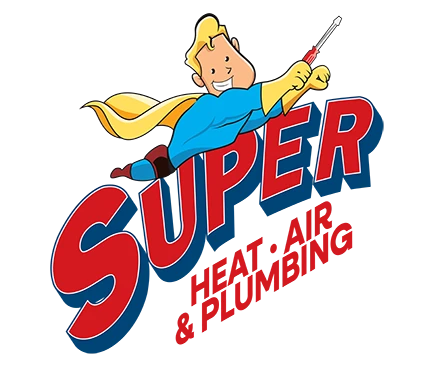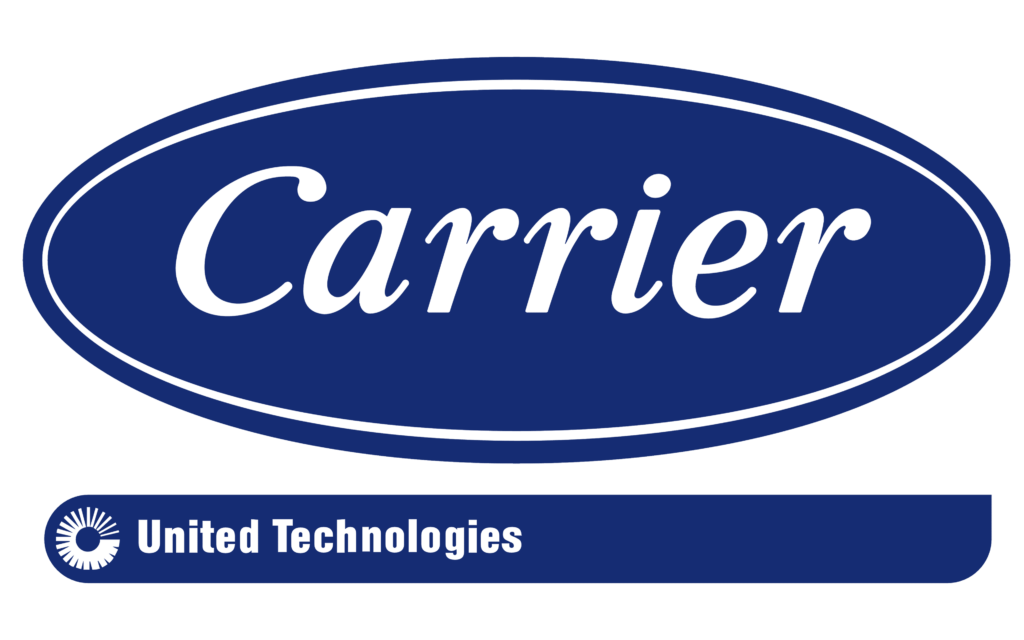Now that the New Year has begun, you might be looking for ways to improve your home with more eco-friendly solutions for your family’s needs. Keeping your home at the right temperature can be an energy-intensive process and isn’t kind to your bottom line or the environment.
While air conditioners are the most popular way to cool your home, many modern upgraded versions can keep you and your family comfortable with less energy use. But that’s just the beginning, there are other possibilities to choose from too if you want to go green without sacrificing your comfort. Let’s take a look!
Considerations Before Choosing a New Cooling System
While you are likely ready to start saving money and want to go green now, there are a few things to keep in mind and do before you can choose a new cooling solution for your home.
These include:
Sealing and insulating attics, basement walls, and floors
Insulating around exterior windows, doors, and walls
Reducing the cooling load of your home by using exterior shading, blinds, solar screens, or solar films.
Now you’re ready to go green and choose a new cooling solution for your home!
Improve Your HVAC System
Almost three-quarters of all homes in the United States use air conditioners and can cost homeowners around the country about $29 billion in operating costs per year.
The typical lifespan of a residential air conditioning system is between 15-20 years, though systems that see more use in extreme climates may last closer to 10 years.
How can you make your cooling system more energy efficient? Swap your aging unit for one with an Energy Star label! The Energy Star endorsements mean that the unit has met strict energy efficiency guidelines set forth by the U.S. Environmental Protection Agency (the EPA).
Keep in mind that central AC units require a blower motor which is part of a furnace. For your new unit to run most efficiently, don’t connect it to an older furnace and blower motor. For optimal efficiency, you may have to replace the heating system too.
Remember regular HVAC maintenance is key to keeping your entire system functioning efficiently, and the filters should be cleaned or replaced every 30-60 days to keep energy consumption down as well.
Keep Reading: SEER Ratings Explained
Boost Ventilation
Depending on your climate and the time of year, natural ventilation could be enough to keep your home cool. In Florida, while our summers can be quite hot, our winters and spring can be quite enjoyable. Ventilate your house in the cooler months by opening the windows to let fresh air in and warm air out.
Natural ventilation should also be combined with solutions to keep heat out of the house such as landscaping that creates shade, insulation, and pulling down the shades or closing the curtains on hot days.
Ceiling and window fans can also help a room feel cooler and can be used in conjunction with the air conditioner so you can raise the thermostat, thus saving more energy.
Use a Heat Pump
If you are considering switching to a heat pump, you’ll be happy to know that it can provide energy-efficient cooling for your house as well as heat during the cooler months.
Heat pumps can operate in any climate and can cut your heating and cooling costs tremendously as compared to a traditional HVAC system.
When you are looking for a heat pump, look out for the Energy Guide label, which will show you the cooling efficiency or the seasonal energy efficiency ratio, or the SEER rating.
Learn More: Why Heat Pumps are a Safe Investment
Go Green with Super Heat, Air, and Plumbing
If you are planning to go green and need eco-friendly cooling solutions, call our pros at Super Heat, Air, and Plumbing! We can do an energy audit on your home, install a new efficient HVAC system or heat pump, and can even clean your ducts to improve the airflow and efficiency of your entire system. [hls_phone_number]



